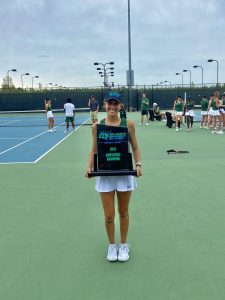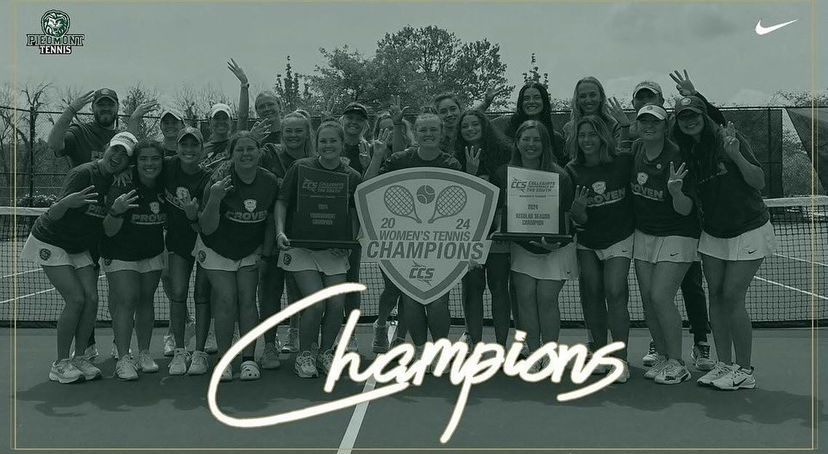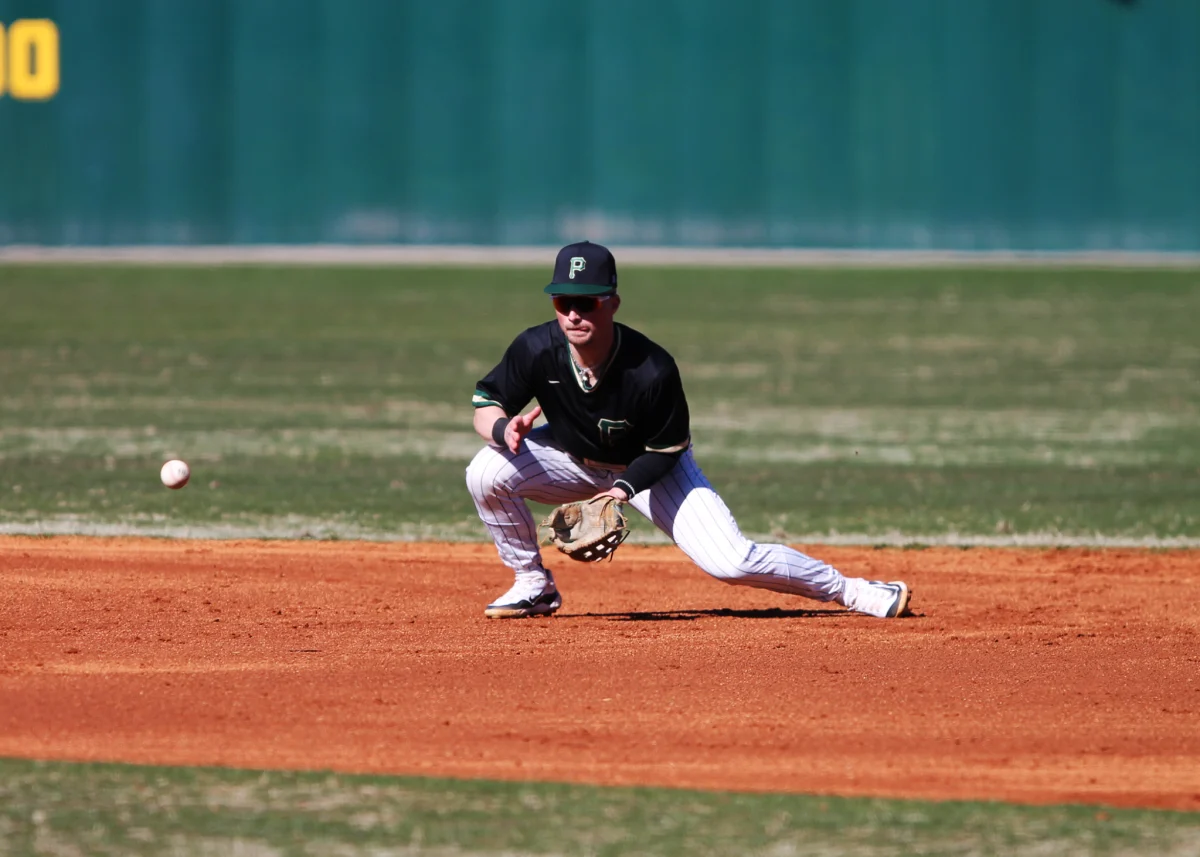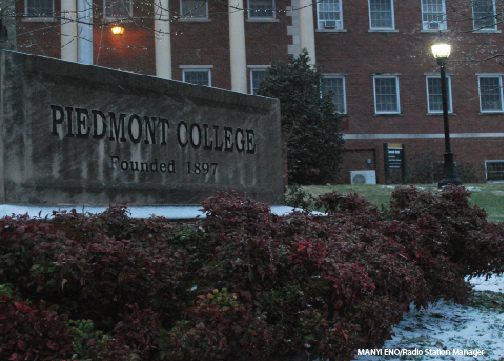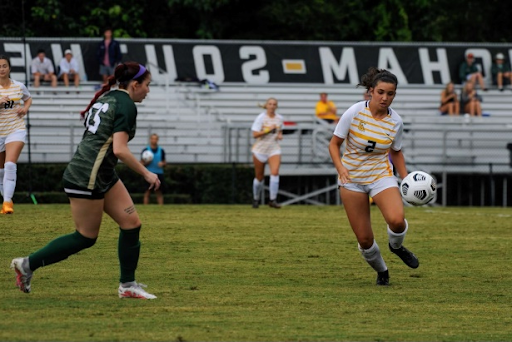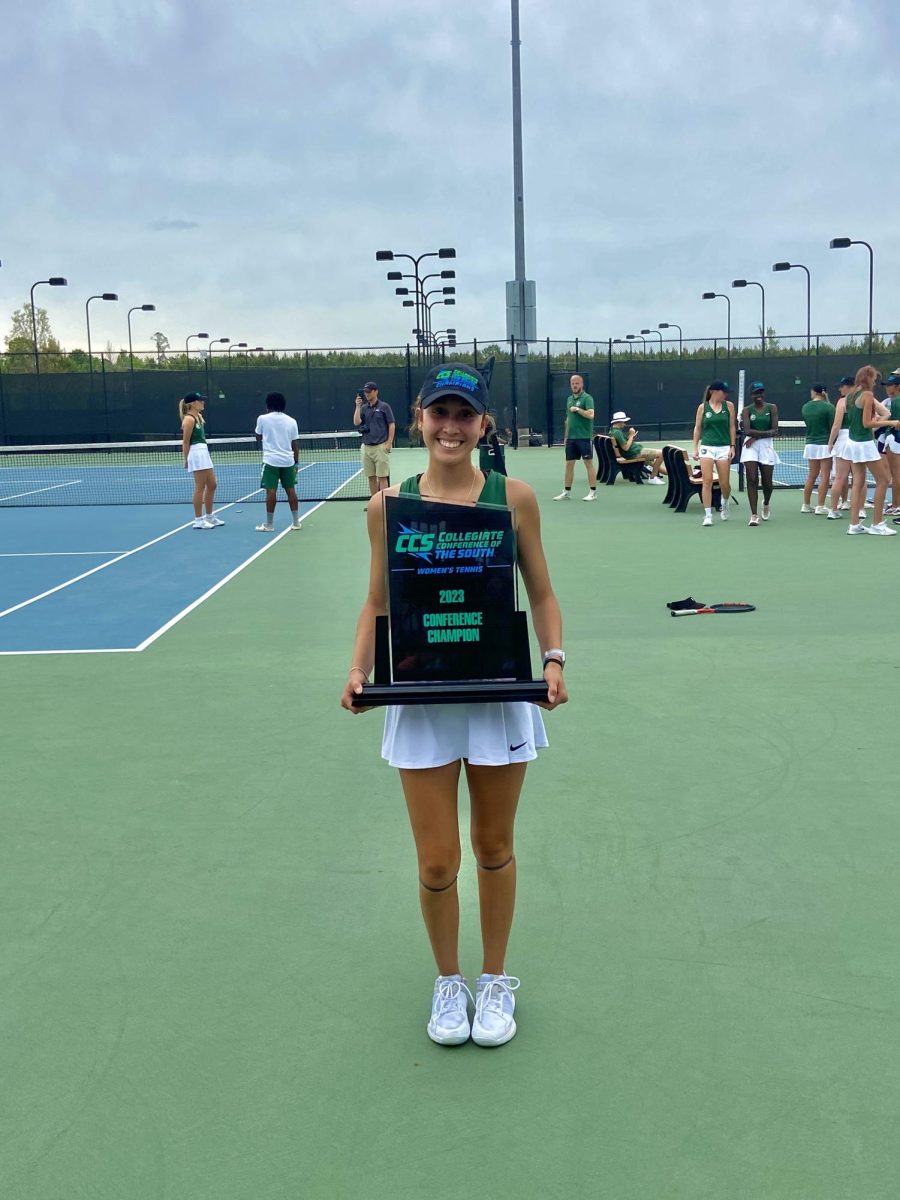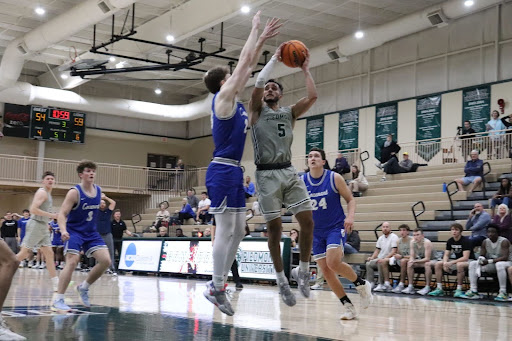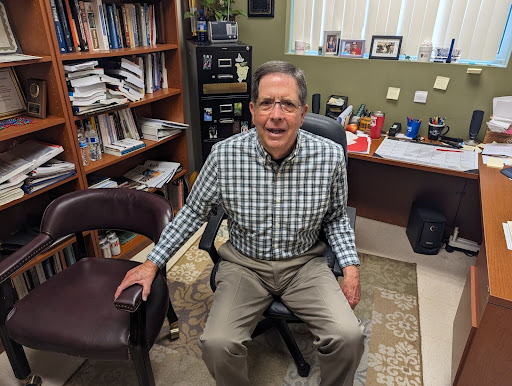MANYI ENO
Radio Station Manager
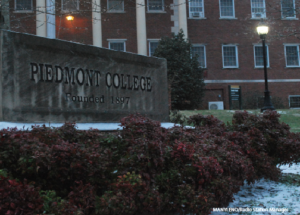 Over the years, it has been an ongoing debate about the costs of attending a public institution versus a private institution.
Over the years, it has been an ongoing debate about the costs of attending a public institution versus a private institution.
According to an article published recently on the Campus Explorer website by Erika Ward, a student graduating from a public institution is more likely to leave with less debt than a student graduating from a private institution.
Interestingly as well, a student at a public institution may take longer to graduate due to overcrowding and their choice of program. However, at a private one, classes are smaller and there is more one-on-one between professors and students, but the price to attend may be a bit steep.
In 1988, college tuition fees at a four-year public institution amounted to about $2,800 a year, according to CNN Money. By the year 2008, that number climber roughly to about $6,000 a year at public institutions, which did not include textbooks and room and board.
Private colleges have higher tuition rates, but they are more likely to offer need-based grants for students who cannot afford tuition.
Although private institutions offer more need-based grants and scholarships, some students may lack the understanding of the fine print on receiving and taking out loans.
There are two types of basic student loans, federal and private. Federal loans are made by the government, whether it be directly to the borrower or through the student’s college.
Private loans on the other hand are made through banks. What students may not know is that there are huge differences between the two that they should know about.
When a student takes out a federal loan, those loans usually have a fixed rate, meaning the student agrees to the interest rate on the loan and will pay that same interest rate till their loan is paid off.
Private loans usually charge a higher interest rate than federal loans and they are often variable, meaning they can fluctuate with the market.
However, when it comes to paying back loans, students don’t have to start making payments until after graduation if they took out federal loans. On the downside, many private loans require repayment immediately and failure to keep up with payments can take a toll on a student’s credit rating.
To make matters even more difficult, not all private loans are so easy to pay back. Some private loans are not flexible and may require a cosigner, which can be a parent or anyone who has excellent credit and has the ability to repay the loan.
In the event that a student cannot keep up with their payments, the lender will come after the cosigner to pay the remaining balance on the loan.
In an article published in Forbes titled, “There’s No College Tuition ‘Bubble’: College Education is Underpriced” by Jeffrey Dorfman, he explained that students who expect to pursue careers that are not high paying would likely be better served by attending lower-priced public colleges. But there have been numerous debates over the years about whether public education is better than a private education.
It has been argued that although students can work their way through earning their education and taking out loans, there are other options besides paying that huge tuition bill.
“Students should consider working to help pay for college as a much preferred option to student loans,” said Dorfman.
In the end, a public college education may be cheaper to obtain, but classes may be larger and are usually taught by teacher assistants. Whereas private college has smaller classes and more one-on-one, in-depth student-professor relationships, but tuition prices are definitely higher.


